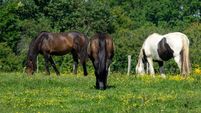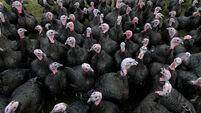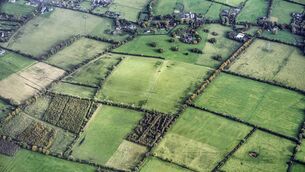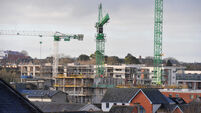Government defends Ireland's beef sector performance
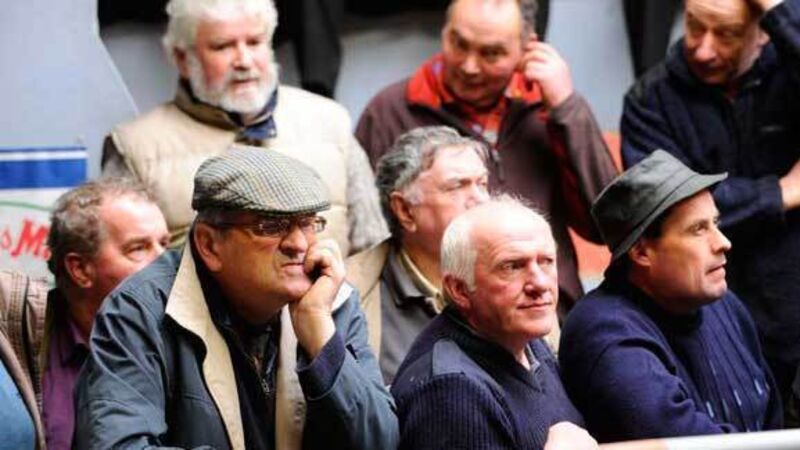
Government sources say the divergence in price between Ireland and Britain is a result of the exceptionally strong sterling exchange rates in place for most of the year.
“British beef farmers are not gaining any more for their output than last year.

